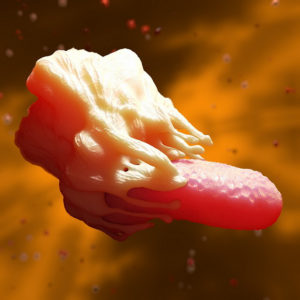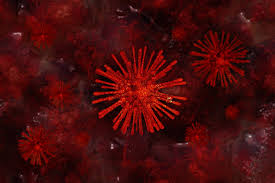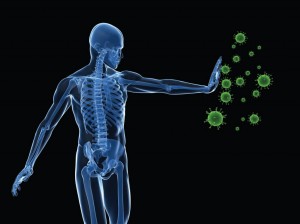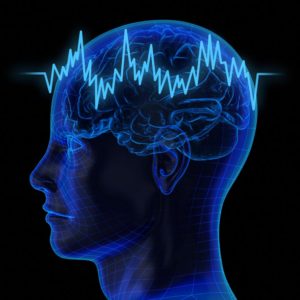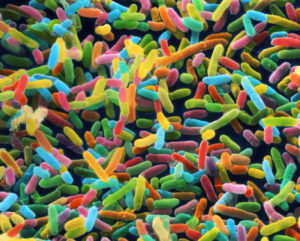When a couple has a child with a genetic disorder, they often ask how likely they are to pass the disorder on to another child. To determine the risk of this happening, clinicians must figure out when the disorder associated mutation arose: Did it spring up de novo during the creation of the sperm or egg that contributed to the child’s genetic makeup, or did already-present genetic abnormalities in the parents form a causative combination?
There is also a third possibility: one parent might harbor some abnormal cells derived from mutations that arose early on during his or her own life. These mutations may not have obvious health effects and can go unnoticed in most genetic screens. Researchers have long recognized this possibility, but a paper published today (July 31) in The American Journal of Human Genetics attempts to better quantify the phenomenon of mosaicism.
The authors used extra-sensitive molecular methods to analyze the blood of 100 couples who have children with disorders caused by DNA deletions, all of which were initially determined to be de novo. But with the more rigorous blood test, members of four of the couples were found to have the same mutations as their children, but only in a subset of their cells.
“I think this is an important paper that will clarify scientific thinking about when and where new mutations arise,” Steve McCarroll, a geneticist at Harvard Medical School who was not involved in the research, wrote in an e-mail to The Scientist.
“I wouldn’t call this surprising—we know, anecdotally, that it’s happening,” Michael Ronemus, a research assistant professor at Cold Spring Harbor Laboratory in New York who also did not participate in the research, wrote in an e-mail. “But this is a nice step towards trying to put a number on it, and makes a very solid case for its proposition that parents of a child with a de novo mutation should be tested more carefully to assess . . . the likelihood that they might have another affected child.”
Researchers at Baylor College of Medicine in Houston, Texas, became interested in this question after a collaborator from the U.K. asked them for help in understanding the recurrence of a genetic disease in three children born to one mother and two different fathers. The Baylor team tested the mother’s blood using a form of PCR designed to specifically amplify the region of DNA where the children’s deletions had been found. When the researchers sequenced the amplified DNA, they found that the mother did indeed have some blood cells with the same mutation found in her children. A separate test on a family with two boys with a pair of identical deletions revealed that the father had a small percentage of mutated cells in his blood, even though previous tests had indicated he did not carry the mutation.
This made the researchers wonder whether some parents who have one child with apparently de novo mutations might also show mosaicism in their blood. They suggest that the 4 percent rate of mosaicism they found in the 100 parents they analyzed probably underestimates how often mosaicism among parents contributes to children’s genetic disorders. The researchers only analyzed parents with one affected child who had previously been told their child’s mutation was de novo, excluding more obvious cases of mosaicism. And mutations could have occurred in progenitor cells that didn’t give rise to blood cells.
Egbert Bakker, a molecular geneticist at Leiden University Medical Center in the Netherlands who has worked on mosaicism, noted that even a precise blood test would not detect mutations that occurred in the germ cells once they had differentiated.
Further, the PCR assay the researchers used only can detect a specific type of deletion, not the full range of possible genetic alterations that can cause disease.
“There are parents out there where even if we test with the most sensitive tests we aren’t going to have mutations in their blood,” said study coauthor Ian Campbell, a student in Baylor’s Medical Scientist Training Program. A test that shows mosaicism in the blood suggests heightened risk for having a second child with a disorder, he added, but a test that does not reveal mosaicism does not mean that there is zero risk.
Coauthor Chad Shaw, a statistician at Baylor, noted that mutations can occur throughout the body during all stages of development. “[Mosaicism is] erupting all the time in the process of the development of the organism,” he said potentially contributing to disease in adults, as well as potential risks to their children. “It’s really only having these new kinds of technologies that we start to see the full extent of this.”


